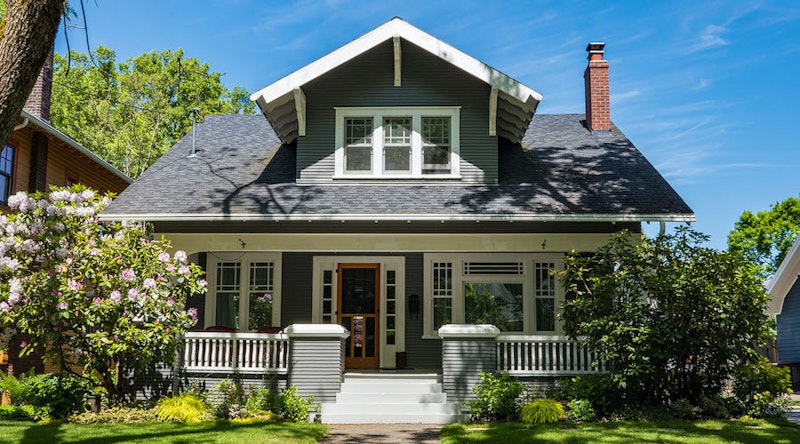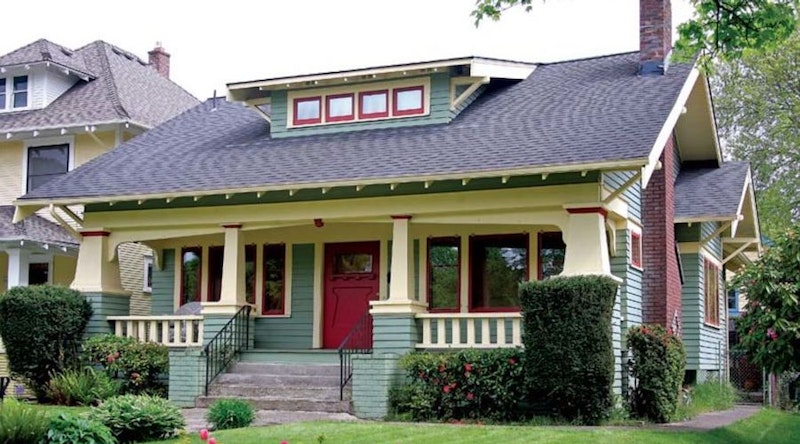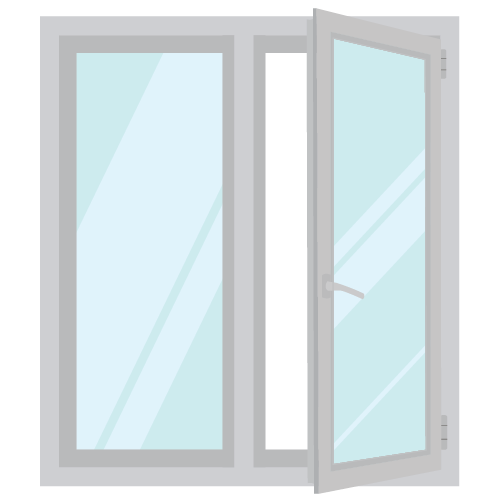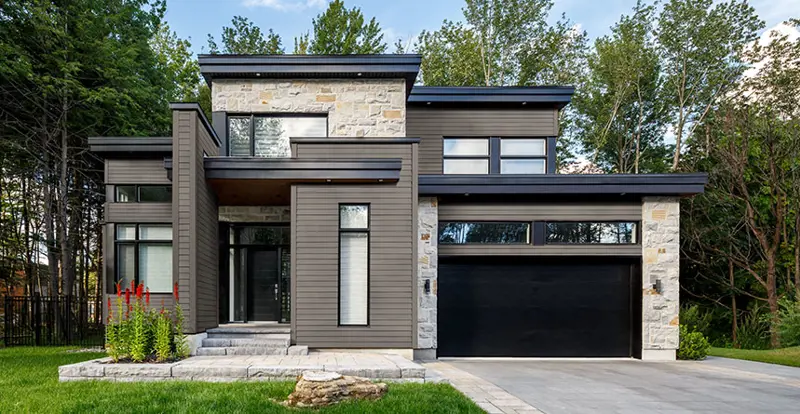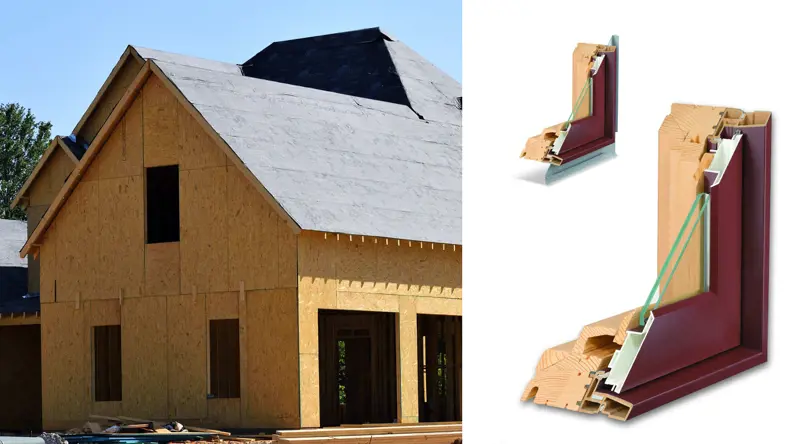
Window Styles for Bungalow & Craftsman Style Houses
Craftsman-style homes, sometimes called bungalows, have a unique architectural style to them. Craftsman-style homes are found throughout DFW and it is critical to consider your home’s architectural design to preserve its value and aesthetic appeal when making upgrades, including replacing the windows. While there are many options available, this article will help homeowners choose authentic style windows that will suit their homes, what to look for, and where they are available.
Use the links below to skip ahead:
What Are Craftsman-style Homes?
History of the Craftsman Style
Craftsman-style houses became popular at the turn of the 19th century in the United States as many people began to forsake the elaborate designs of Victorian houses and instead turned to simpler architectural designs. The craftsman-style home was popularized by American furniture manufacturer Gustav Stickley. In 1901, Sickley published the first issue of The Craftsman, a magazine that promoted the Arts and Crafts movement. It placed value on individual workmanship, simplicity, and quality in handmade goods in stark contrast to the industrial revolution and mass-production of identical batches of products that lacked individuality. In 1908 Stickley founded a farm and school for the Arts and Crafts Movement, designing a building that has become the quintessential example of craftsman-style homes. Craftsman Farm↗, found in Morris County, typifies craftsman bungalow architecture.
Craftsman Style Architectural Characteristics
Craftsman-style homes emphasize horizontal lines and low-pitched gable rooflines that extend the roofs beyond the exterior walls over spacious covered porch areas with a modest look. Open rafters are often visible under wide, low-hanging eves. Interiors have plenty of built-in storage space and nooks, with large, open rooms. They are built with natural materials such as wood, brick, and stone and have a prominent fireplace with a brick or stone chimney. Windows often have seats beneath the sill and support beams are often visible along the ceiling. Decorative glass and other decorative details add aesthetic beauty.
- Exposed rafters inside the home
- Exposed rafter tails on the exterior
- Shallow pitched roofs with deep pitched or gabled overhangs with decorative supports.
- A mixture of natural, raw, locally sourced materials - bricks, siding, stone, wood, shingles, etc.
- Deep, broad, or wrap-around porches
- Prominent stone or brick chimneys
- Usually one or one and a half stories
- A stairway typically leading to the front door
- Open plan interior
- Wood beam ceilings
- Art glass and decorative details
Bungalow vs. Craftsman
The term “bungalow” and “craftsman” are often used interchangeably when describing this style of architecture. Specifically, the term "craftsman" identifies the architectural features. Bungalows are a particular style of home that feature wide, spacious porches and are actually an example of one type of craftsman-style house. Bungalows were particularly popular in southern California in the 1890s. Two architects, Charles and Henry Greene, were particularly influential in the area and built four famous houses labeled as “bungalows.” One of them is the famous Gamble House↗ in Pasadena.
Window Styles for Craftsman Homes
There is no one particular window style that defines a craftsman-style home. They all tend to use wood as the main material, especially on the interiors and are often finished with a wood stain. The exteriors favor earth tones and warm colors. Grilles or grids use vertical lines and symmetrical patterns in the upper windows and avoid horizontal lines. Art glass and stained glass adds another creative dimension and some decorative relief to what can sometimes be surrounded by heavy, earthy materials.
Double-hung windows are popular for craftsman-style homes and have two moving parts that open upwards or downwards. With stained wood interiors, this style is predominant in craftsman-style homes. Casement windows are typically vertical in proportion and open outward. Casement windows make good accent windows accompanying the spaces beside a fireplace. Although not typical, awning-style windows can be used without compromising the aesthetics of a craftsman-style home. They differ from casement windows in that they open upward and are hinged at the top instead of the side. Picture windows can also be used in conjunction with hung or casement windows to create a larger window area.
Craftsman appropriate window styles:
Andersen is the perfect partner for architecturally authentic windows and doors.
Featured Property
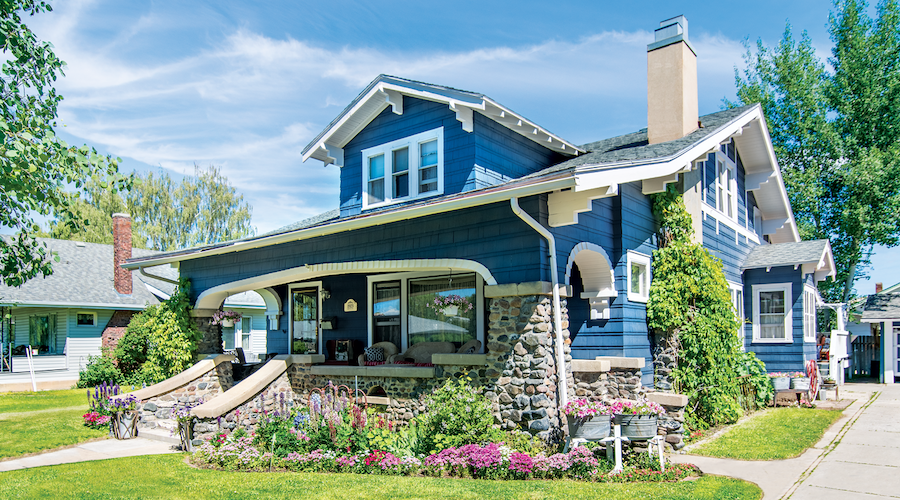
The craftsman-style house above is located in Butte, Montana, and was built in 1920. This example is beautifully maintained and features charming wood elements and warm colors on the interior. If you like vintage styles, this home is worth a closer look inside. Check it out at Cottages & Bungalows↗.
Craftsman-style homes are a real treasure, particularly if you are lucky enough to own a home that has stayed true to its architectural origins and has not been modernized. If you live outside DFW and are looking for replacement windows for your craftsman-style home, we recommend finding a window retailer that specializes in historic homes and who is familiar with this architecture style. If you are in DFW, Brennan’s friendly staff are well-versed in historic homes, particularly craftsman-style models. Our consultants can help you find the perfect windows to preserve the value and aesthetics of your home. To get started, fill out the contact form.
Oops!
We don't currently serve your area but do want to help you plan your project. Try our Build & Price tool to get an idea of window & door costs within DFW. Your area may be higher or lower but at least you'll have some idea of the price.
Thanks for stopping by.




